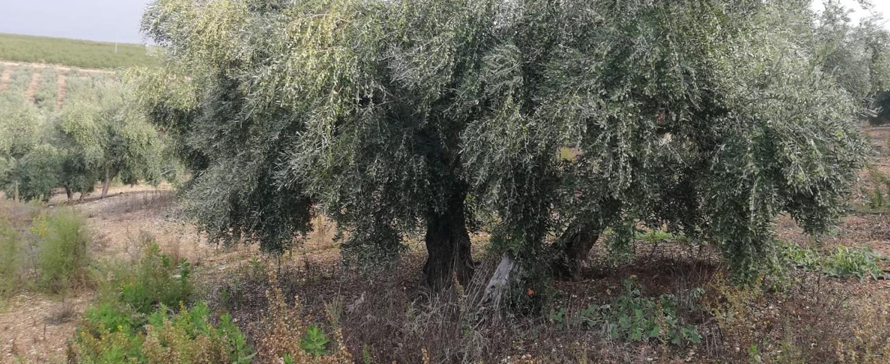Listen to this article
Wen pruning and olive tree, we reduce the quantity of wood in the crown, improve ventilation and sun exposure to the shoots, and when a large harvest is expected, it regulates production and thus minimizes the biennial (alternate bearing years) effect.
An un-pruned olive tree will initially bear much fruit, but as the fruits grow, the nutritional needs in this case are so high that they grow very little and have little oil, and what's more, it exhausts the olive tree.
Therefore, it is better to have olive trees with less dense crowns so that the fruit will have better sunlight exposure, less competition with both the wood and the other sprouts and fruits, and will be larger and have more oil content, which is our ultimate goal.
In an "on" year, if the olive tree is pruned it is able to develop plant sprouts and at the same time blossoms and fruit; but if the olive tree is left unpruned in an on year, it only has enough resources to develop just blossoms and fruit, and so the following harvest will be very low because there will be hardly any flower buds.
In addition to pruning, we must think of the olive grove as something global and in which all practices must be part of a global plan in order to have an optimal result. These tools that we have at our disposal are:
* Adequate soil management, to avoid competition with weeds and increase infiltration.
* Good management of pests and diseases, with preventive treatments when necessary.
* Nutrition, including fertilizers in the soil and foliar applications at critical moments. Limiting nutrients have to be avoided.
A good management of our olive grove will ensure a continuous production every year.
.png)






